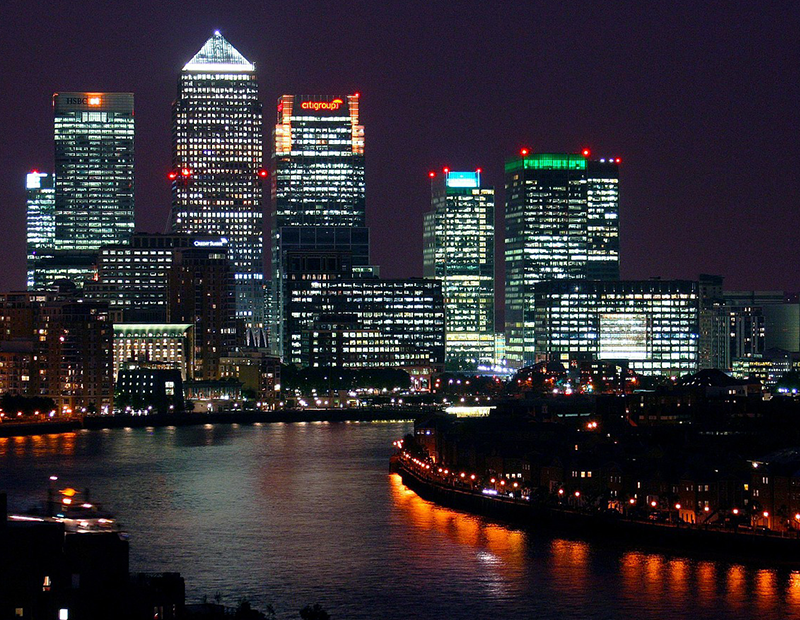UBS Report Offers Investment Strategies for 2020
The firm's outlook flags oversupply concerns in the apartment sector and sluggish construction in retail.
The UBS Asset Management Real Estate & Private Markets team’s latest real estate outlook outlines expectations for the U.S. economy and what investors can expect for commercial real estate’s four major sectors—apartments, industrial, office and retail—as well as strategies they may want to consider for the year ahead.
READ ALSO: Another Strong Year for CRE in 2020
The 28-page report, US Annual Outlook 2020, takes a macro look at the U.S. economy and states that it does expect the economy to continue a gradual expansion with baseline GDP growth projected to be about 1.4 percent. There are mounting pressures on some recession indicators like flat corporate profits and yield-curve inversion, but in general the common recession culprits like imbalanced business inventories, reduced housing development and reduced borrowing levels are in balance. Other economic factors to watch include potentially slowing employment growth and possibly some slowdown in wage growth.
Overall, UBS notes the economic growth “provides a sound backdrop for positive real estate demand” and adds “low interest rates indicate that spreads remain attractive relative to recent years.”
The report states the change in interest rates expectations by the end of 2019 had “a significant impact on commercial real estate investment.” The reversal took away some of the upward pressure on cap rates. Another positive is that there is still plenty of liquidity in the capital market for CRE investment. Total U.S. CRE sales volume was nearly $500 billion in the 12-month period ending in the third quarter of 2019, up slightly year-over-year. During that same period, hotel, office and retail sales volumes were similar to the previous two years. Apartment sales volume continued its rising trend and industrial sales volume increased by nearly 50 percent over the previous year.
Sector Breakdown
Here’s a closer look at what UBS expects for each sector in 2020:
- Apartments—UBS writes there will be plenty of demand from investors and lenders, but elevated supply will continue to be an issue, particularly in markets where development had ramped up in recent years. In 2019, approximately 281,000 new units were delivered, similar to the construction volume of the previous two years. Construction is expected to remain at that level in 2020. Some markets could be sluggish, so UBS suggests caution and underwriting less aggressive rent growth and lease-up periods in markets where supply is still increasing. Investors might want to look for markets where the supply ramped up in recent years but has now settled down.
- Office—UBS noted that while the apartment sector has had the highest transactions volume in the past five years, the office deals volume has been more consistent. The report states: “Fundamentally, the office market outlook is modest but positive.” Vacancy is tight, which has shifted some momentum to landlords. Over the past five years, downtown and suburban office rents saw an average increase of 3.1 percent and 3.0 percent, respectively. However, UBS warns there could be slowing growth due to increased supply and moderating economic growth.
- Industrial—UBS expects the industrial sector to perform well again in 2020, but notes lots of income growth has already occurred. Industrial completions continue at a high level, similar to 2018 and 2019. UBS expects development activity “to remain relatively high as capital continues to be attracted to recent high returns.” The sector has benefited from the rise of e-commerce and UBS notes there is still room for more growth as online sales currently make up about 12.5 percent of total retail sales. Development of cold storage facilities has nearly doubled over 20 years and UBS expects growth to continue. While 2020 should be another good year for the industrial sector, UBS does note that low cap rates could be a concern, particularly because of the low interest rate environment.
- Retail—Not surprisingly, retail is the one sector that does face an uphill battle, coming off a year with high store closings, a trend that is continuing in the first month of 2020. UBS writes that consumer preferences are changing and landlords, particularly mall owners, are struggling to find the right tenant mix. Activity has slowed, with new construction reaching its lowest point since the global financial crisis and retail transactions volume has decreased over the past year. Mixed-use projects and redevelopment of underutilized retail will continue to be a trend, with more live-work-play concepts coming to fruition. Food and beverage spending went up and more emphasis is expected to be placed on restaurants, bars and other experiential retail tenants.








You must be logged in to post a comment.